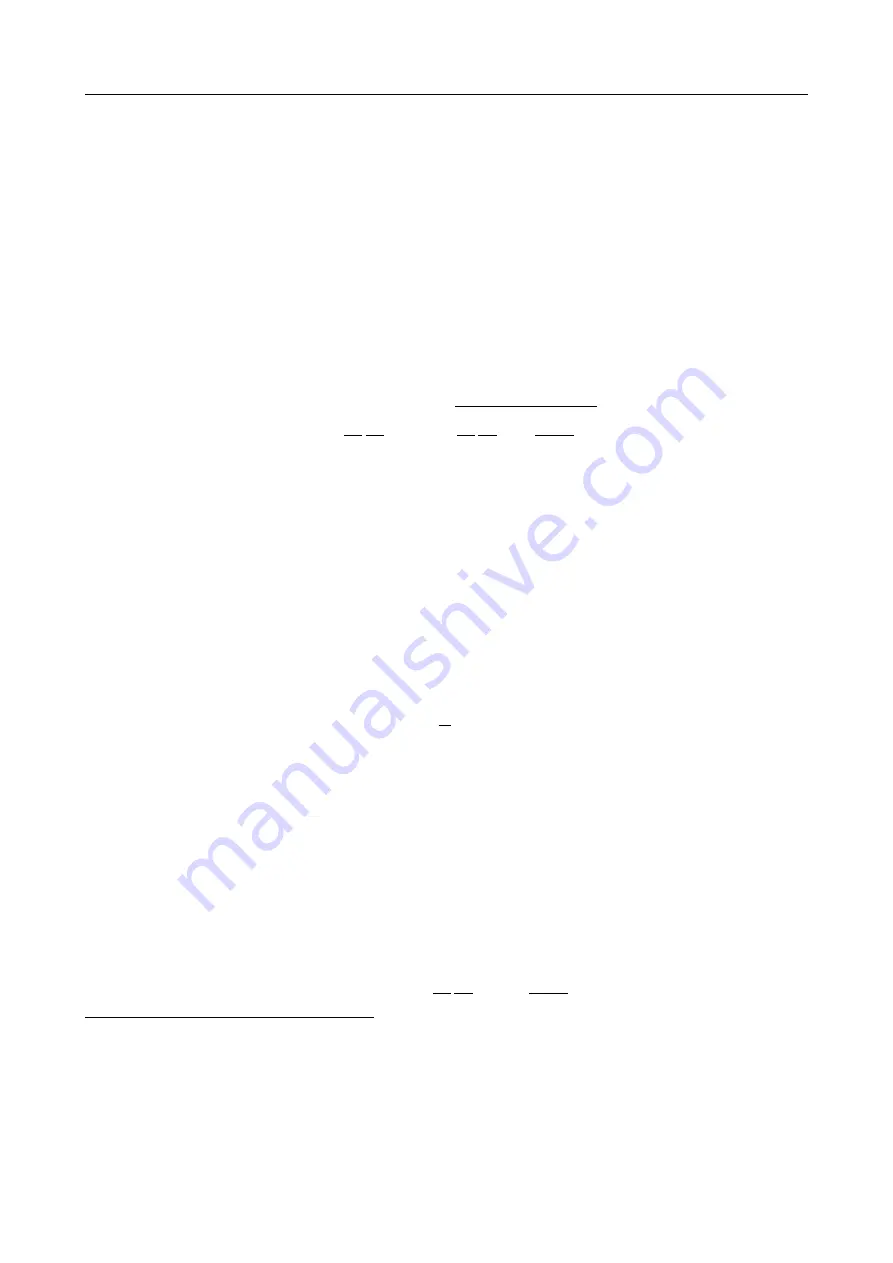
DAZZLER
TM
system manual Part I : installation & operation
2.2
2.2
Key parameters
In this section, the reader will find the most important parameters describing the acousto-optic
interaction.
2.2.1
Diffraction efficiency
The general formula giving the output optical intensity
I
out
(
ω
) in the plane wave and
monochromatic approximation is [
I
out
(
ω
) =
I
in
(
ω
)
η
(
ω
)
(2.12)
with:
η
(
ω
) =
π
2
4
P
P
0
sinc
2
s
π
2
4
P
P
0
+
∆
k L
2
2
(2.13)
where:
•
I
in
(
ω
) is the input optical intensity,
•
P
the actual acoustical power density,
•
∆
k
=
~k
diff,e
−
~k
in,o
−
~k
ac
.~
u
ac
is the phase matching mismatch along the acoustic prop-
agation direction,
•
L
is the crystal length along the acoustic propagation direction,
•
P
0
is a characteristic acoustic power given for the Dazzler
TM
HR models:
P
0
= 3
.
7
·
10
6
·
λ
L
2
in W/mm
2
(2.14)
–
For
L
= 25 mm,
λ
= 800 nm,
P
0
= 3
.
8 mW/mm
2
–
For
L
= 45 mm,
λ
= 1
µ
m,
P
0
= 1
.
8 mW/mm
2
When
P
=
P
0
and ∆
k
= 0, the transfer coefficient to the diffracted wave is 100%:
I
out
(
ω
) =
I
in
(
ω
)
.
For sufficiently low values of
P
compared to
P
0
, the AOPDF response is linear with
P
and:
I
out
(
ω
) =
I
in
(
ω
)
π
2
4
P
P
0
sinc
2
∆
k L
2
(2.15)
1
Unit is W/cm
2
.
V3.00 - 8
th
April 2019






























